What are the seasons of the menstrual cycle?
What are the seasons of the menstrual cycle?
The changes in our hormones throughout the month of our menstrual cycle can be likened to the seasons in nature, as Summer transitions to Autumn, then to Winter and Spring. Throughout each phase, the fluctuations in Follicle Stimulating Hormone (FSH), Luteinizing Hormone (LH), Oestrogen and Progesterone all contribute to the changes in our mood, sleep, energy, motivation and mental capacity. Although many women believe the menstrual cycle is just a regular monthly bleed, I want to explain and break down each phase and discuss practical ways to harness this ‘fifth vital sign’. As a note, a normal menstrual cycle length for women is anywhere between 26 – 35 days. I refer to a 28 day cycle as ‘textbook’, as it is the average but not the rule. Only about 14% of women have a 28 day cycle.
Winter – Menstruation
The menstrual phase begins on the first day of full bleed which is classified as day 1. It is normal for women to bleed for 3-5 days, including 1-2 days of light spotting as it finishes up. Menstrual flow can vary dramatically from woman to woman, however normal blood loss is about 50mL or 2.5 tablespoons, anything below 25mL is considered scanty and anything more than 80mL is considered heavy. If we translate this to menstrual products, if not using a menstrual cup, a ‘normal flow’ would be the use of 10x regular pads or tampons spread evenly over all the days of your period.
So what are your hormones doing?
At this phase, your hormones Oestrogen and Progesterone are at baseline, meaning that as Progesterone begins to plummet your uterine lining starts to shed. Some women do feel a sense of relief of premenstrual symptoms with the arrival of the period, however other common symptoms associated with the loss of Oestrogen and Progesterone through your menstrual bleed include lower back or girdle pain, headaches, cramps and lethargy.
How can I best support my body?
The menstrual phase is a time where our body is at its most yin, we are losing blood and fluid and our hormones are plummeting. This is why I recommend for women to listen to their bodies and really begin to slow down and hibernate during this stage. It is an important time to rest, to prioritise sleep and nourish their bodies with warm and nourishing meals that are high in proteins, healthy fats, low GI carbohydrates and a variety of seasonal vegetables to support the detoxification process. In terms of exercise, this is a time where I recommend avoiding high intensity exercise including running and opting for more yin style movement including walking, Pilates and/ or Yoga. As the body is already depleted from the loss of Yin, blood and fluid from your menstrual bleed, we want to ensure you are not over exerting your body during this phase, which will be detrimental to the upcoming ovulation phase.
Spring – Follicular Phase
The follicular phase of your menstrual cycle starts from the day after you finish bleeding until ovulation. These days can vary depending on the length or your bleed, as well as the length of your entire menstrual cycle. During this phase of spring, we come out of hibernation and welcome in the energy of the new menstrual cycle. The hormones are beginning to rise as the body prepares for the next cycle of ovulation, specifically FSH and Estradiol, our feel good hormone.
So what are your hormones doing?
Your Follicular Phase is when the hormone FSH is most dominant. FSH is produced in the pituitary gland, which is a small endocrine gland located at the base of the brain, it sends signals down to the ovaries to say, “produce follicles”. With the maturation of your developing follicles, the hormone Estradiol begins to rise as one dominant follicle prepares for ovulation. Estradiol is also responsible for the thickening of the endometrial lining, which is important for efficient implantation of the embryo if a couple is trying to conceive, or to support a healthy menstrual bleed.
How can I best support my body?
The Follicular Phase of your menstrual cycle is when women often start to feel a positive shift. Estradiol is rising, which is our feel good hormone that is going to support mood, energy, motivation and overall well being. It is still imperative that you are eating a diet rich in good quality proteins, healthy fats,
carbohydrates, fruit and vegetables however you may notice your cravings have decreased or are completely gone during this phase. The reason is because oestrogen creates satiety, therefore minimising food cravings. In combination, we will feel more motivated to exercise and I recommend incorporating some HIIT style training into your week, if you are feeling up to it. Other symptoms and changes that you may feel during this phase, include an increase in libido as the body is nearing ovulation, changes in cervical mucus as well as an increase in concentration and mental clarity. If possible, it is best to arrange important work meetings or presentations around this phase as your hormones are about to peak.
Summer – Ovulation
The ovulation phase of the menstrual cycle is determined by the release of one or potentially two eggs from an ovary. It is normal to occur anywhere between day 12 to day 21, and this will then be an indicator of how long your entire menstrual cycle will be. A lot of people put emphasis on when the menstrual bleed will arrive, however I believe it is more important to focus on when ovulation occurs, because if you are not ovulating regularly you will not have a regular period. This phase of summer is when we are in our most ‘yang’ energy, we will feel an increased drive to be more social, to cease the day, we will feel more creative and more motivated.
So what are your hormones doing?
During the follicular phase, when the brain is sending FSH down to the ovaries to produce follicles, and Estradiol is rising with the production of these follicles, a dominant follicle will begin to form in preparation for ovulation. This is when ‘signals’ are sent back to the pituitary gland, and the hormone LH spikes to initiate ovulation.
How can I best support my body?
The ovulation phase of the menstrual cycle is when women will feel at their peak. It is recommended for women to harness this energy, as it is the period of time in their menstrual cycle where women will feel the most motivated, they will have improved mental clarity, they will feel more focused, have an increase in confidence and an overall sense of wellness internally and externally. During this phase of your menstrual cycle, I recommend to continue to organise any events in your social calendar, if possible plan your important work meetings or presentations and incorporate more HIIT style training sessions. Food and nutrition is important throughout every stage of your menstrual cycle, and although your appetite may have decreased with the surge
of Oestrogen, it is still important to prioritise regular healthy meals and snacks into your daily diet.
Autumn – Luteal Phase
The luteal phase of your menstrual cycle, also known as your Autumn phase, is when you begin to transition out of your most yang energy and into your more introverted yin phase. It is the 10-16 days between ovulation and your menstrual bleed, and it is determined by the lifespan of the corpus luteum. The corpus luteum is a progesterone-secreting gland that is formed from the emptied follicle you have just ovulated.
So what are your hormones doing?
Post ovulation, your corpus luteum produces the hormone Progesterone, which is the critical hormone for period health. For couples trying to conceive, Progesterone is the hormone that holds an early pregnancy before the placenta takes over. Aside from pregnancy, progesterone has other benefits like reducing inflammation, building muscles, supporting sleep, protecting the heart against heart disease and calming the nervous system to reduce stress. We can think of Progesterone being the yin to Oestrogen’s yang, as its role during the luteal phase of the menstrual cycle helps to regulate Oestrogen.
How can I best support my body?
This is the period of time where women need to give themselves permission to be ok where they are at, as you come into the final stage of your menstrual cycle before your period arrives. Your hormones are shifting and with that, so should your lifestyle. I recommend prioritising earlier nights, eating nourishing good quality meals with adequate protein, healthy fats and carbohydrates; as well as shifting back to yin style exercise and movement.
A challenge that I like to set for my patients is learning to say ‘no’. What this means, is to prioritise downtime in your busy social calendar, and knowing when you are beginning to burn the candle at both ends. Saying ‘no’ empowers you and supports your health during this week of
big hormonal changes. Acupuncture and Chinese Medicine are great ways to support your hormonal health and menstrual cycle. Rather than experiencing ‘peaks and troughs’, through each phase or season of the month, I support women to experience rather an ‘eb and flow’.
By Georgia Payten
TCM Practitioner & Acupuncturist at The Pagoda Tree.


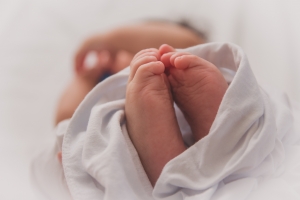

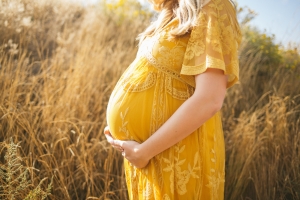
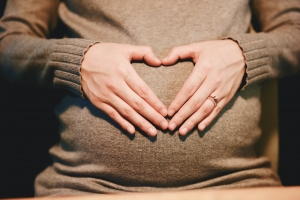
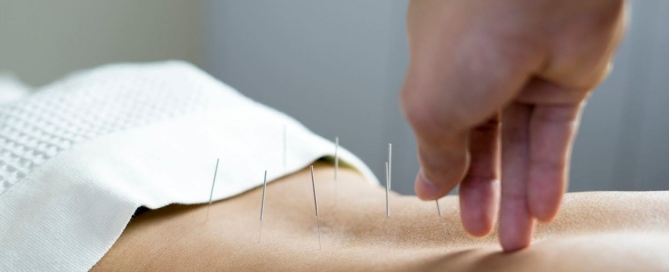




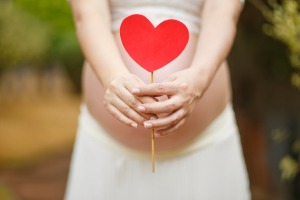

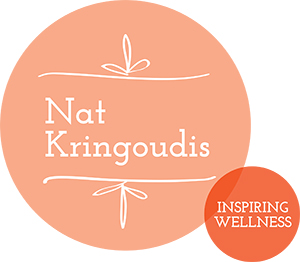
CONNECT WITH US
Facebook
Twitter